
Lorsque l'on parle de volcans, peut-être imaginez-vous une montagne de forme conique, crachant de la lave bouillante, des cendres et des gaz au sommet d'un cratère. Vous pensez peut-être au mont Etna, Stromboli ou Pinatubo... Mais un volcan à Malonne ? Vous rigolez ?
Oui et non... Il y a longtemps, une masse de magma fondu s'est introduite dans les roches existantes, s'est refroidie rapidement et s'est solidifiée en fines couches de roches volcaniques, appelées rhyolite.
Regardons de plus près...
When you think about volcanoes, perhaps you imagine a conical mountain spewing hot lava, ashes and gases from a crater at its summit. You think about Mount Etna, Stromboli or Pinatubo… But a volcano in Malonne? Are you kidding?
Yes and no… A long time ago, a mass of molten magma intruded between the existing rocks, cooled quickly and solidified into thin sheets of igneous rock, called rhyolite.
Let's have a closer look...
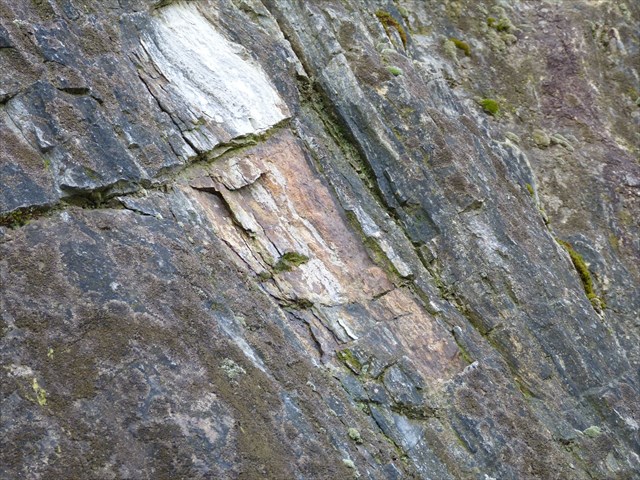
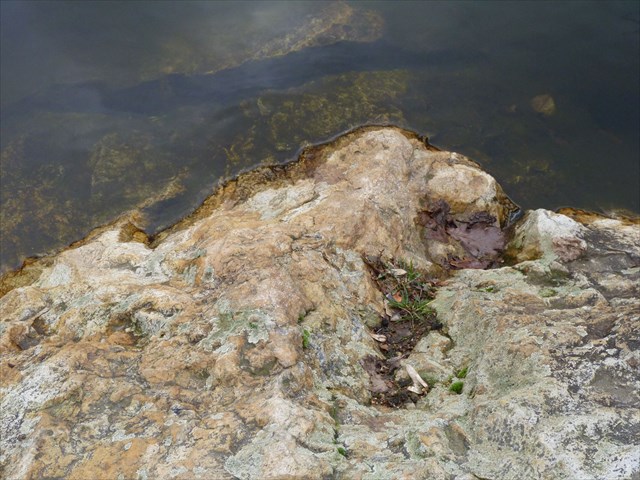
La rhyolite est une roche blanche/grise (riche en silice) qui contient des minéraux tels que le quartz et le feldspath. L'hydroxyde de fer (limonite) donne aussi une couleur rouge à la roche à certains endroits.
Rhyolite is a white/grey rock (rich in silica) that contains quartz and feldspar minerals. Iron hydroxide (limonite) also gives the rock a red colour in some places.
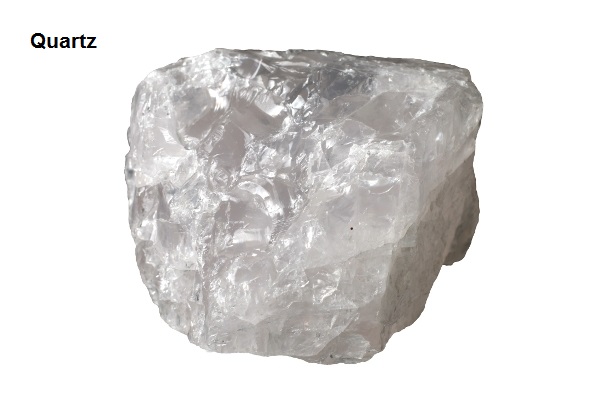
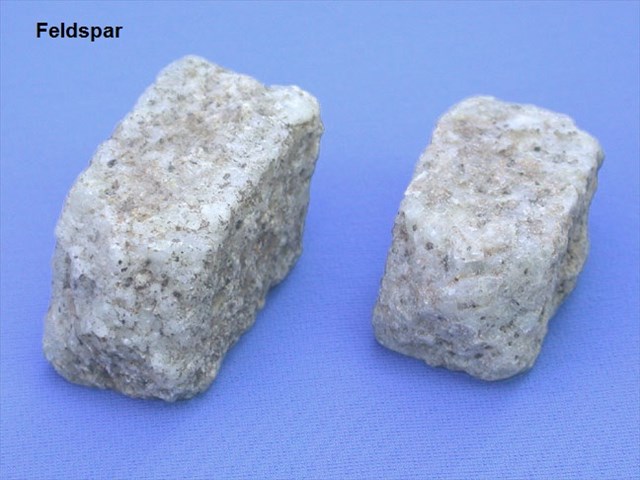
La structure est "fluidale" : caractéristique d'une roche magmatique qui s'est autrefois écoulée.
The structure is "flowing" : a typical feature of an igneous rock which flew at the surface in the past.
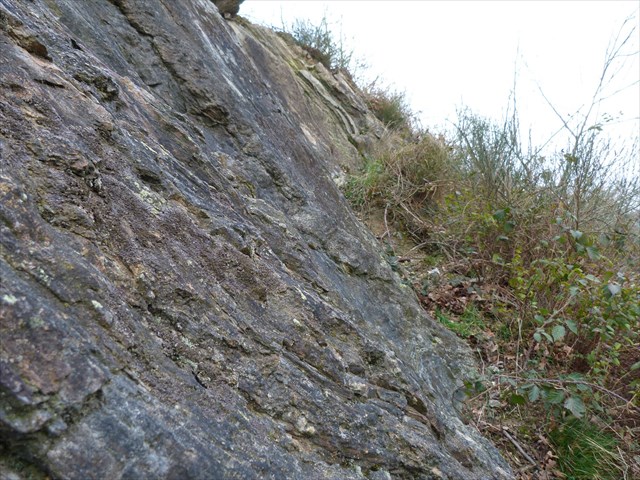
Mais le "cratère" - qui est maintenant rempli d'eau de pluie - n'est pas le cratère d'un volcan mais une carrière de rhyolite, creusée par les habitants. Le gisement a été découvert en 1848 et a certainement été exploité auparavant pour construire des maisons.
But the “crater” - which is now filled up with rainwater - is not the crater of a volcano but a quarry of rhyolite, dug by the inhabitants. The deposit was discovered in 1848 and was certainly exploited before to build houses.
Avec la rhyolite, on peut aussi faire du kaolin, une glaise argileuse blanche, friable, onctueuse au toucher quand elle est pure et utilisée pour fabriquer de la céramique. A Malonne, à la fin du 19e siècle, une petite usine de céramique a été créée sur les berges de la Sambre. Elle s'appelait "La Majolique", du nom de la céramique qui était produite ici; une réplique de la faïence italienne de la Renaissance. L'exploitation de la carrière s'est terminée dans les années 1950.
With rhyolite, you can also make Kaolin, a friable white clay, smooth to the touch when it is pure and used to produce ceramic. In Malonne, at the end of the 19th century, a small ceramic factory was created on the river banks of the Sambre. It was called the "Majolique", from the name of the ceramic that was produced here; a replica of the Renaissance Italian earthenware. The exploitation of the quarry ended in the years 1950’s.
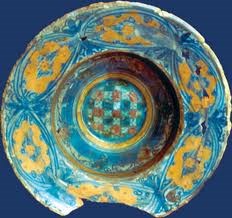

Au cours du temps, la carrière s'est remplie d'eau de pluie et a donné naissance à un étang, avec une faune et une flore très riches.
Le site est classé depuis 1983 et est ouvert au public. C'est un très bel endroit pour pique-niquer mais il est interdit de se baigner.
Over time, the quarry filled up with rainwater and gave birth to a pond, with a very rich fauna and flora.
This site has been listed since 1983 and is open to visitors. It’s a very nice spot for picnic but it is forbidden to bathe.
Questions :
Placez-vous aux coordonnées exactes de la cache et observez la structure, texture et composition de la roche.
Place yourself at the accurate coordinates of the cache and have a look at the structure, texture and composition of the rock.
-
Structure : dans quelle direction tombent les strates/couches (exemple : "d'est en ouest") / In which direction do the layers fall? (example : "from East to West")
-
Texture : est-ce dur ou tendre ? Is it hard or soft?
-
Composition : quels minéraux pouvez-vous observer ? Quelle taille ont ces particules ? Which minerals can you observe ? What size are these particles ?
Envoyez vos réponses aux 3 questions via la fonction email de notre profil. Nous vous contacterons pour loguer la cache ou non.
Send your answers to the questions via the email function of our profile. We’ll contact you to log the cache or not.
Ce serait super si vous pouviez prendre une photo de vous ou de votre gps en face du "cratère" !
It would be great if you could take a photo of you or your gps in front of the "crater" !